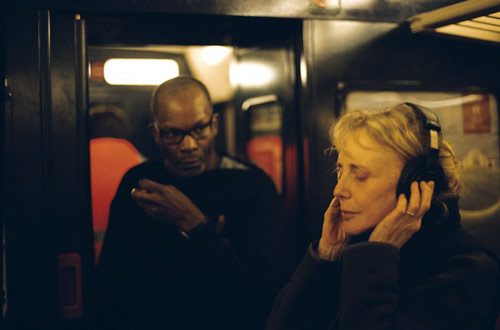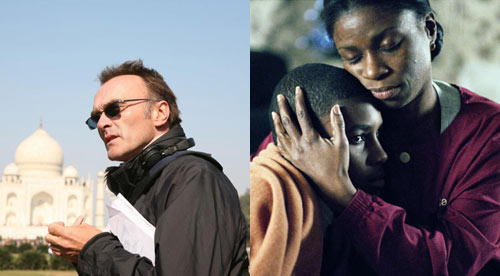
After jotting down some initial impressions of Claire Denis' wonderful, warm-hearted new film, I sat down for a conversation with Denis in Toronto. As Stephen Holden wrote in the New York Times recently, 35 Shots of Rum is "a movie of few words and little psychology that relies mostly on the physical vocabulary of faces and bodies to convey feelings too complex to be verbalized."
That's often true of Denis' films, and when I talked with her I found that this one has a very personal connection, as well. She spoke about the great Japanese filmmaker Yasujiro Ozu, about her grandfather, and about the interplay of work and family that appears in Ozu's films, in her own film, and even in her band of regular collaborators.
35 Shots of Rum plays March 13 and 15 at the Walter Reade Theatre in New York as part of the Rendez-Vous with French Cinema series.
Robert Davis: I saw your film yesterday for the first time, and I'm going to try to see it once more before I leave Toronto, just because I always feel like your films take a little bit of time. I like to figure out how to watch them. It's such a beautiful movie.
And what I discovered as I was watching is that it's an homage to Late Spring and Ozu!
Claire Denis: Yes. [smiles] I think I would not have been pushed or—
I've been dreaming for many years of making an homage to Ozu, and this particular film was possible for me to use as an homage to Ozu, because actually it's the story of my grandfather and my mother. She was raised by her father. And once I took her to see a retrospective of Ozu, and she really had a sort of shock to see that film [Late Spring]. That was like maybe ten, fifteen years ago, and I told her, "Maybe, once, I will try to make a film like that for you."
On the other hand I was a little bit afraid, and when I saw Hou Hsiao-hsien's film, the film he made in Japan—
RD: Café Lumière?
CD: Café Lumière, the homage, I thought maybe it's simpler to make an homage to Ozu. Maybe my shyness should be reconsidered. Maybe it's possible.
RD: What was the fear, do you think? Just that he's a master, that he—?
CD: No, my fear was that I'd be fulfilled with my love for his film and therefore not create a real relationship with my film. I realized this was a little bit stupid, because the minute I was in the film and with my characters and actors, I can't say I forgot Ozu, but on the other hand I was concerned by that story, those characters.







